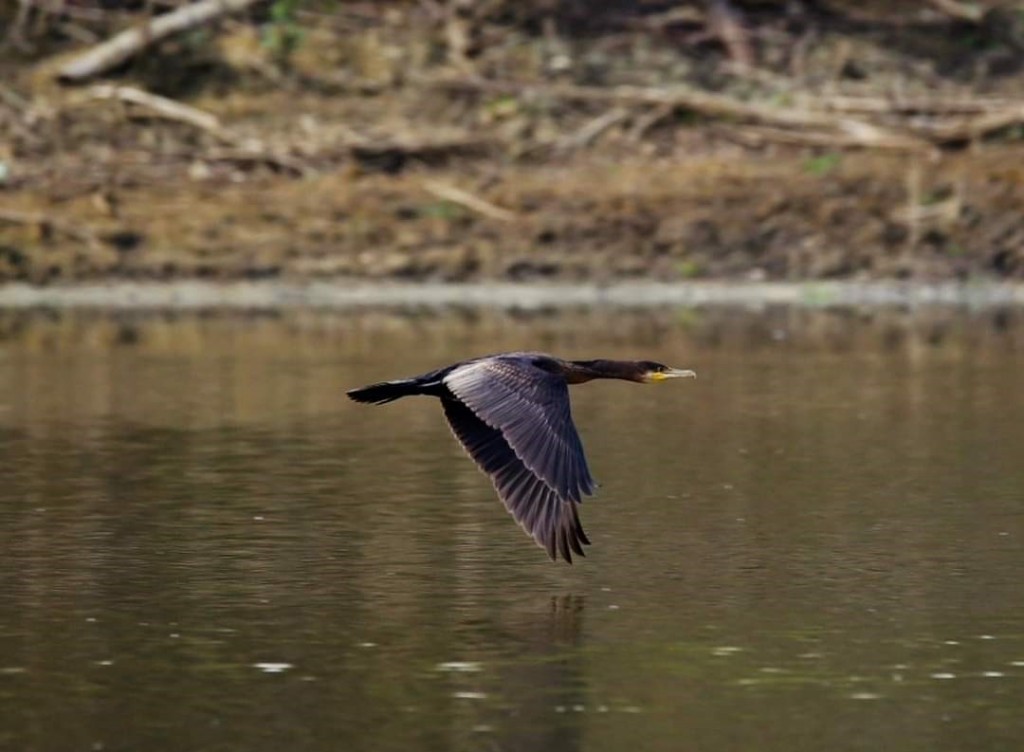- Oasis of Alviano
-
 At the end of the 60s, only seven years after the construction of the Alviano dam on the Tiber, the lake that had formed attracted thousands and thousands of migrating water birds.
At the end of the 60s, only seven years after the construction of the Alviano dam on the Tiber, the lake that had formed attracted thousands and thousands of migrating water birds.
In 1977, the Region of Umbria decreed a ban on hunting in the entire area. In 1983 the Province of Terni built the first nature trail equipped for visits and began a fruitful collaboration with WWF Italy. From that collaboration, in 1990, a naturalistic and educational enhancement project was born that formed the basis for building the future of the Oasis. In 1992 a second path was built that can also be used by the disabled, equipped with observatories, an outdoor classroom that can accommodate more than fifty visitors and a tower. In 1996, an educational laboratory was created for the dissemination of environmental education to school children, a laboratory where it is possible to study the microscopic life of the marsh. The laboratory is equipped with microscopes, cameras and monitors, so that the operators can directly follow the students all the phases of authentic research.
The area of about 900 hectares is an important food supply station for rare birds such as cranes, wild geese or ospreys, black-winged stilts, bitterns and many others. A portion of the Oasis consists of 2 nature trails, for a total of about 7 km of trails. They are well equipped with birdwatching huts, for a total of 12 structures.
In October and November it is not difficult to see bodies of water teeming with birds, when there are up to 12,000 of them in the whole area. It is the period in which more than 300 cormorants are observed in the suggestive evolutions put in place to fish, perhaps chased by a heron or a seagull that tries to rob them. Spring, on the other hand, is the period of biodiversity in the sense that every day is good for observing different species. It is the period of migration to central and northern Europe where some will go to reproduce.
Period and opening hours
Sundays and holidays from 1 September to 31 May, from 10:00 a.m. until sunset. For school groups and organized groups, open every day by reservation.
Comune di Alviano
P.zza Bartolomeo d’Alviano, 10 - 05020 Alviano (Tr)
Tel. 0744.904521 - Fax 0744.904678
P.IVA: 00180530552
Posta certificata: comune.alviano@postacert.umbria.it
P.zza Bartolomeo d’Alviano, 10 - 05020 Alviano (Tr)
Tel. 0744.904521 - Fax 0744.904678
P.IVA: 00180530552
Posta certificata: comune.alviano@postacert.umbria.it



